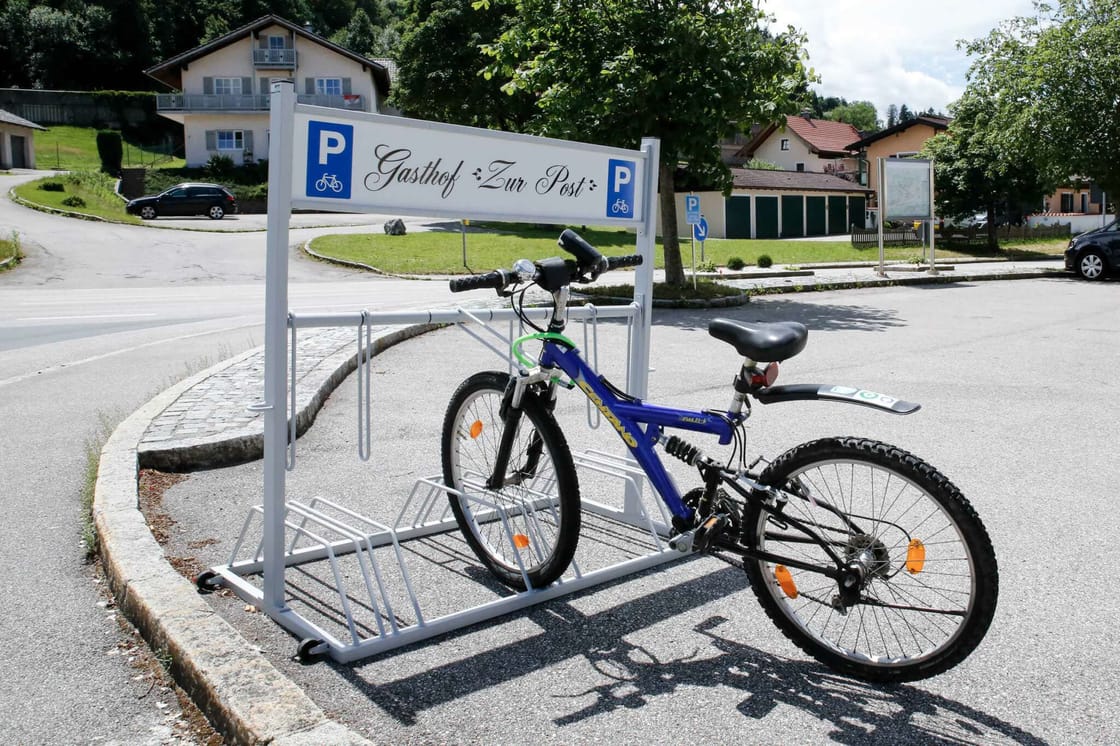On the way to advertising
The study is no longer quite fresh, but it should still be relevant: 90 percent of Germans are on the move in public spaces every day – this was already found out in 2008 by the market research institute infas on behalf of the Federal Ministry of Transport, Building and Urban Affairs. There is little to suggest that the trend toward everyday mobility has abated or even reversed in the meantime. For advertisers, this means they need to reach their target groups on the go.
Target group pedestrians
There are plenty of opportunities for this. Pedestrian zones, bus and train stops are attractive touchpoints where routes cross and pedestrians stay longer, increasing the number and duration of contacts and thus the potential advertising impact. The rest is done by facades, large-format billboards and displays at intersections and roadsides, interiors at train stations or even in retail stores or restaurants. Outdoor advertising or out-of-home communication thus becomes ubiquitous.
Even in the age of digitalization with digital TV, smartphones, and tablet PCs, it is hard to escape, and what one person may regret may be part of what others have long been accustomed to, especially in urban areas. Anyone who advertises faces the challenge of attracting as much attention as possible to themselves and their offering, while cleverly spreading their communications budget between online and offline, at home and out. Specialized agencies help with the selection of media and locations.
Cheap outdoor advertising
Those who can do without large-format facade advertising or the blanket coverage of advertising pillars, or who do not want to incur the usually considerable costs, can show public presence with displays and advertising spaces at bus stops just as they can with Advertising bicycle stands and Notice boards.
Citylight displays can be placed anywhere the owner of a property agrees, and attract attention even in the dark (see also our article – Article 10). Advertising spaces at bus stops are usually already managed, but if this should be an obstacle: it never hurts to ask the operators. As the infas study cited at the beginning of this article showed, public transportation is becoming increasingly popular among younger target groups in particular. This makes stops particularly high-contact touchpoints.
The cheapest and easiest to realize outdoor advertising can be done with Advertising bicycle stands and Notice boards in front of your own premises. With both, the advertising effect can be seen, and for little money.
